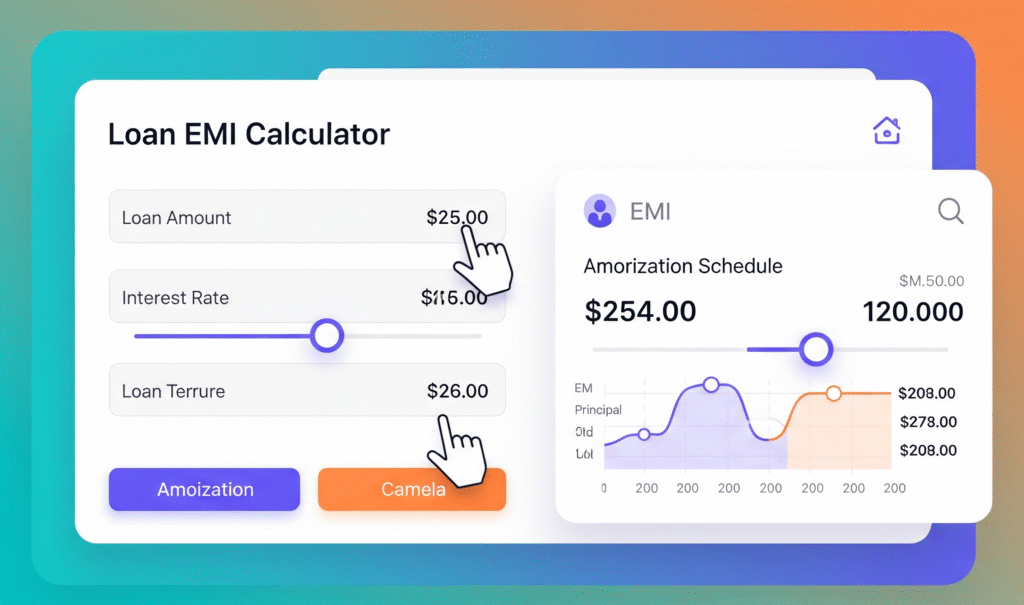
Introduction
Starting a business is a dream for many, but turning that dream into reality requires careful planning, dedication, and strategic execution. A Guide to Business Man is your comprehensive resource for navigating the entrepreneurial journey. Whether you’re an aspiring entrepreneur or a small business owner looking to grow, this blog post provides actionable steps to help you succeed. From refining your business idea to scaling operations, this guide covers the essentials of entrepreneurship. The Bureau of Labor Statistics reports that around 20% of new businesses fail in their first year, and about 50% close within five years. Understanding these challenges underscores the importance of a well-structured plan, which this guide aims to provide. In the following sections, you’ll learn how to validate your idea, secure funding, build a team, and grow your business in today’s competitive market.
Step 1: Refine Your Idea

Every successful business starts with a strong idea. This section explores how to validate your business concept through market research. Begin by identifying your target audience and assessing demand for your product or service. Study competitors to understand their strengths and weaknesses, using tools like surveys, focus groups, or online analytics. For example, a small coffee shop might analyze local competitors to identify gaps in offerings, such as unique flavors or faster service. Consider trends in 2025, such as demand for sustainable products or AI-driven services, to ensure your idea is relevant. This step also involves defining your business’s purpose and goals, setting the foundation for a clear vision.
Step 2: Write a Business Plan
A business plan serves as a strategic roadmap for achieving long-term success. This section outlines the key components of a business plan, including the executive summary, market analysis, organizational structure, product or service description, marketing strategy, and financial projections. Use templates from resources like the U.S. The Small Business Administration (SBA) helps simplify the business startup process.Avoid common pitfalls, such as overly optimistic financial projections or neglecting competitor analysis. For instance, a tech startup might include a detailed market analysis showing demand for its app, supported by data from industry reports. This section provides step-by-step guidance on crafting a plan that attracts investors and guides your business.
Step 3: Assess Your Finances
Understanding your financial needs is critical. This section covers calculating startup costs, performing a break-even analysis (Fixed Costs ÷ (Average Price Per Unit – Variable Costs)), and exploring funding options. Options include small business loans, grants, angel investors, or crowdfunding platforms like Kickstarter. For example, a retail business might secure a loan to cover inventory costs. Choose a business bank account and consider accounting software to track expenses. This section emphasizes the importance of financial discipline to avoid common startup failures.
Step 4: Determine Your Legal Business Structure
Learn how choosing the right business structure—such as a sole proprietorship, partnership, LLC, or corporation—can impact your taxes and legal liability.Each has pros and cons: for instance, an LLC offers liability protection but requires more paperwork than a sole proprietorship. Consult resources like Forbes Advisor to understand legal requirements. This section guides you through selecting a structure that aligns with your business goals.
Step 5: Register with the Government and IRS
Registering your business ensures legal compliance. This section details steps like choosing a unique business name, checking domain availability, and registering with state authorities.Apply for an Employer Identification Number (EIN) through the IRS and obtain all required business licenses and permits. For instance, restaurants typically need health department permits to operate legally.Compliance with federal, state, and local regulations, including tax obligations, is crucial to avoid penalties, such as fines exceeding $40,000 for email law violations.
Step 6: Purchase Insurance
Insurance protects your business from risks. This section covers essential types, including general liability, professional liability, and workers’ compensation. For instance, a consulting firm might need professional liability insurance to cover potential errors. Learn how to evaluate insurance providers and select coverage based on your industry and location. This step ensures your business is safeguarded against unforeseen challenges.
Step 7: Build Your Team
A strong team drives success. This section explores hiring strategies, defining roles, and creating job descriptions. For example, a startup might hire a marketing specialist to boost brand visibility. Discuss onboarding processes and fostering a positive work culture, including remote work policies. Resources like Business News Daily offer hiring tips to build an effective team.
Step 8: Choose Vendors
Reliable vendors are essential for operations. This section explains how to evaluate vendors based on experience, track record, and cost. Negotiate contracts to ensure favorable terms. For example, a retail business can collaborate with reliable suppliers to ensure consistent and timely inventory restocking. This step emphasizes building strong vendor relationships to support business efficiency.
Step 9: Brand and Advertise
A strong brand sets you apart. This section covers creating a logo, building a website optimized for SEO, and leveraging social media and email marketing. For example, use platforms like Instagram to engage customers.Follow email marketing laws like the CAN-SPAM Act to maintain compliance and protect your brand reputation. Follow email marketing laws like the CAN-SPAM Act to maintain compliance and protect your brand reputation. Resources like Forbes Advisor provide guidance on SEO and online presence.
Step 10: Grow Your Business
Growth requires strategic planning.Discover key growth strategies, including entering new markets and diversifying your product offerings.For example, a clothing brand might launch an online store to reach global customers. Discuss scaling operations, seeking additional funding, and improving efficiency. Highlight the importance of adaptability in a dynamic market.
Step 11: Establish and Create Value
Once launched, establish your business by reassessing goals and refining strategies. This section covers building a strong brand, diversifying revenue streams, protecting intellectual property, and improving operational efficiency. For instance, a tech company might invest in AI tools to streamline processes. Plan an exit strategy, such as selling the business, to maximize value. This step ensures long-term sustainability.
NOTE :
This section recaps the key steps to becoming a successful businessman, from refining your idea to growing your business. It encourages readers to stay resilient, adapt to challenges, and seek resources like the SBA or business associations for support. The guide emphasizes that with the right strategies, anyone can achieve entrepreneurial success.




